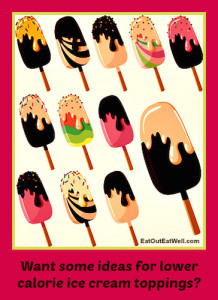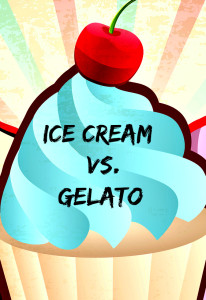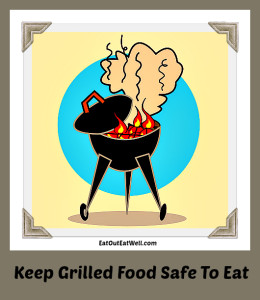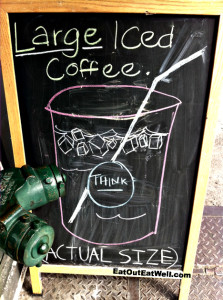
It’s hot outside. When you open your car door after it’s been sitting in the parking lot you’re hit with a blast of heat that seems hotter than an oven.
The Temperature Rises Quickly Inside A Closed Car
Very quickly — even when it’s only moderately warm outside.
A study found that at 9AM when the outside temperature was 82 degrees, the temperature inside a closed car was 109 degrees. At 1:30PM, when the outside temperature rose to 112 degrees, the temperature inside a closed car reached 124 degrees.
Cracking the windows helps, but only a little bit. With four windows cracked, at 10AM when the temperature was 88 degrees outside, inside the car it was 103 degrees. At 2PM when the outside temperature rose to 110 degrees, the internal temperature rose to 123 degrees. Certainly not safe conditions for living creatures, especially kids and dogs both of whom are particularly vulnerable to extreme heat.
Hot Weather and Food-borne Illness
Hot weather and food-borne illness can be evil partners. Forty-eight million people are affected by food-borne illnesses each year which, in the US, result in an estimated 3,000 deaths. More than 250 food-borne diseases have been identified. They are common and preventable public health challenges.
Most food-borne illnesses can be prevented with proper cooking or processing, both of which destroy harmful bacteria. It’s really important to keep cold food cold and hot food hot because food that stays set out for a long time can enter “The Danger Zone,” or temperatures between 41˚F and 140˚F where bacteria multiply most rapidly.
What About The Prepared Food You Just Bought?
Extreme heat is certainly not a safe environment for fresh and prepared food, either. Pity the poor groceries or take-out you just bought that’s sitting in extremely hot temperatures in the back of your car. Shelf, cupboard, and boxed food may be fine, but for meat, deli, dairy, cut food like fresh fruit, and prepared foods (salad, fried chicken, Chinese take-out, pizza) it’s not a good situation. Why?
When you give bacteria the conditions they like: warmth, moisture, and nutrients, they’ll grow. A single bacterium that divides every half hour can result in 17 million offspring in 12 hours.
Consequently, the food you just bought might spoil because bacteria present in the food have multiplied like rabbits in your car in the hot conditions that are ideal for food spoilage. Perishable food can stay safely unrefrigerated only for two hours if the air temperature is under 90 degrees – and only for one hour if the temperature is 90 degrees or higher. Follow this rule for picnics, barbecues, and buffets, too.
Take Pity on Your Food and Protect Your Family and Guests
Be aware of the type of food you’re buying. If you have perishable items, take some of these steps:
- Think about your route and how many errands you have to do. Stop at the cleaners or for coffee before grocery shopping — not afterward when your groceries will be baking in the car.
- Make wise choices. When it’s hot outside, take your perishable items straight home. If you know you can’t go straight home take steps to keep your purchases cool – or buy food that doesn’t need refrigeration.
- To be on the safe side, think about keeping a cooler, cold packs, or insulated bags in your car for perishable items. Make sure the cooler hasn’t turned into a portable oven because it’s been sitting in the car for so long.
- Buy a bag of ice if you need to for keeping cold stuff cold and frozen stuff frozen on the way home. Or, bring some frozen gel packs with you.
- If you’re on a road trip, remember that food in your car is vulnerable. The trip to the beach and then spreading your food out on a table or a blanket means that if it’s not in a cooler, it’s been in hot conditions for a long time. Just think — in the winter your car might be colder than your refrigerator. Then there’s no problem stopping for coffee on the way home!
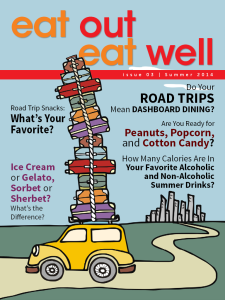 Road trip: is there one in your future?
Road trip: is there one in your future?
The Summer issue of Eat Out Eat Well Magazine is ready to help you eat well when you’re in the car or grabbing some food at rest stops or roadside diners.
Get it now from iTunes or the Google Play Store for $1.99 an issue or $4.99 for a yearly subscription (four seasonal issues).
